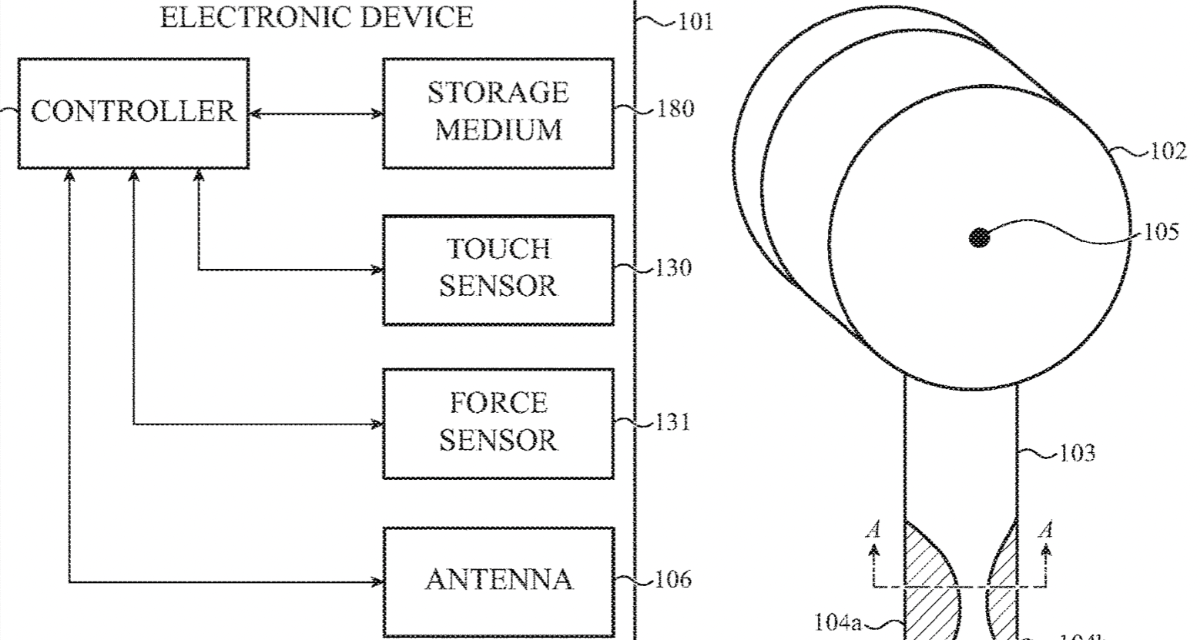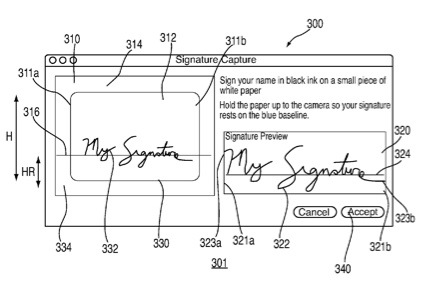Apple has filed for a patent (number 20210219042) for “force-activated earphones.” It involves the companies AirPods and AirPods Pro.
About the patent filing
Earphones are often used to provide audio output to users of electronic devices without overly disturbing people around them. For example, headsets for personal electronic devices (such as computing devices, digital media players, music players, transistor radios, and so on) typically include a pair of earphones.
These earphones are usually configured with ear cups that go over the user’s ears or with ear pieces or speakers that insert into the user’s ear canal in order to form an acoustic chamber with the user’s ear. The earphones typically produce acoustic waves that are transmitted into that acoustic chamber through one or more acoustic ports. In this way, the user can hear the audio output without overly disturbing people in the environment around the user.
In the patent filing, Apple notes that such earphones include no input devices. Instead, such earphones may be controlled using input devices incorporated into external electronic devices to which the earphones may be wired or wirelessly coupled. Other earphones may include one or more input devices.
For example, earphones may be configured with one or more buttons, dials, switches, sliders, and so on. Such input devices may be used to activate (e.g., provide input to) the earphone. Apple thinks an alternative (better?) solution would be force-activated earphones.
Summary of the patent filing
Here’s Apple’s summary of the patent filing; “An earphone includes a speaker housing; a speaker positioned in the speaker housing; a stem extending from the speaker housing, the stem defining an input surface; a conductive object disposed within the stem; a flexible circuit positioned between the stem and the conductive object; a member positioned between the flexible circuit and the conductive object operable to allow the flexible circuit to move with respect to the stem; a force sensor electrode disposed within the flexible circuit; and a controller operable to determine an input to the earphone using a change in capacitance detected using the force sensor electrode, the change in capacitance corresponding to a non-binary amount of a force applied to the input surface. In some examples, the earphone further includes a touch sensor electrode disposed within the flexible circuit.
Article provided with permission from AppleWorld.Today





